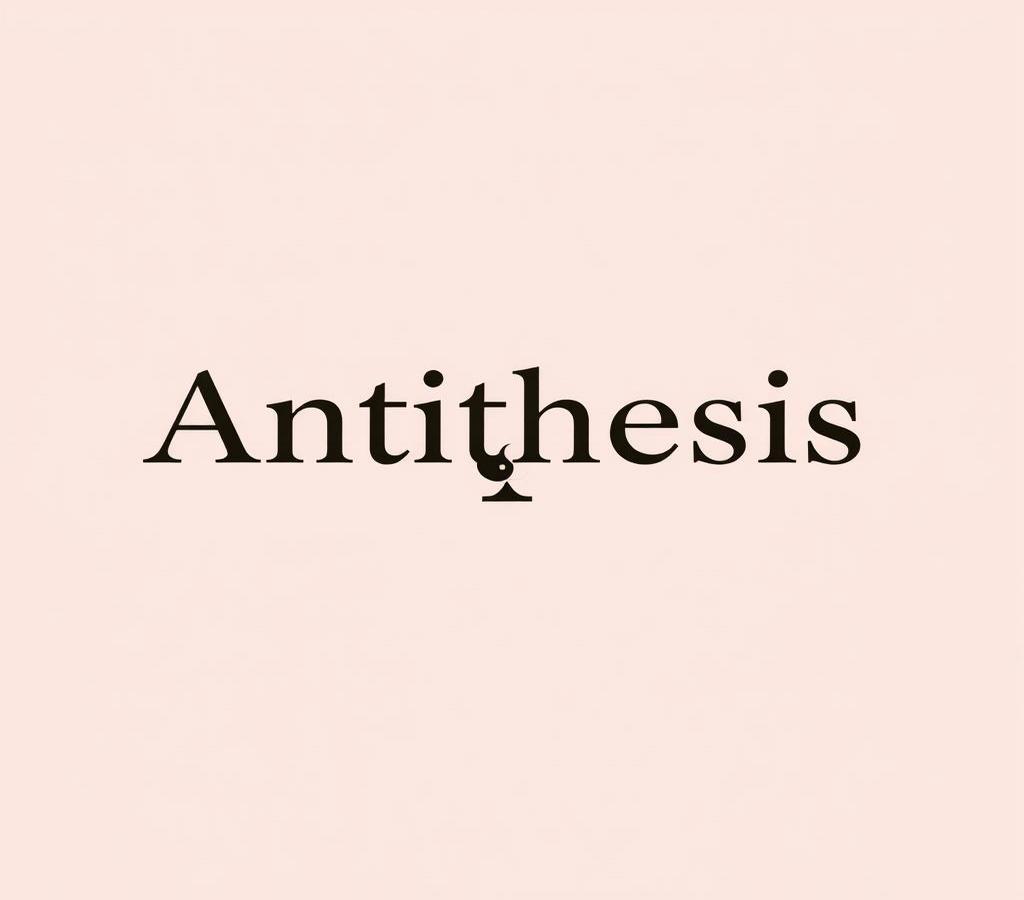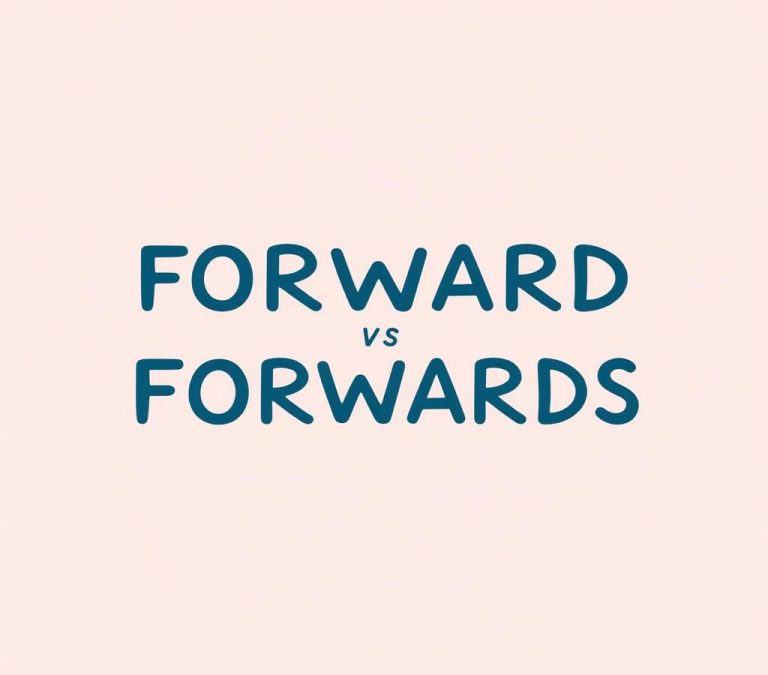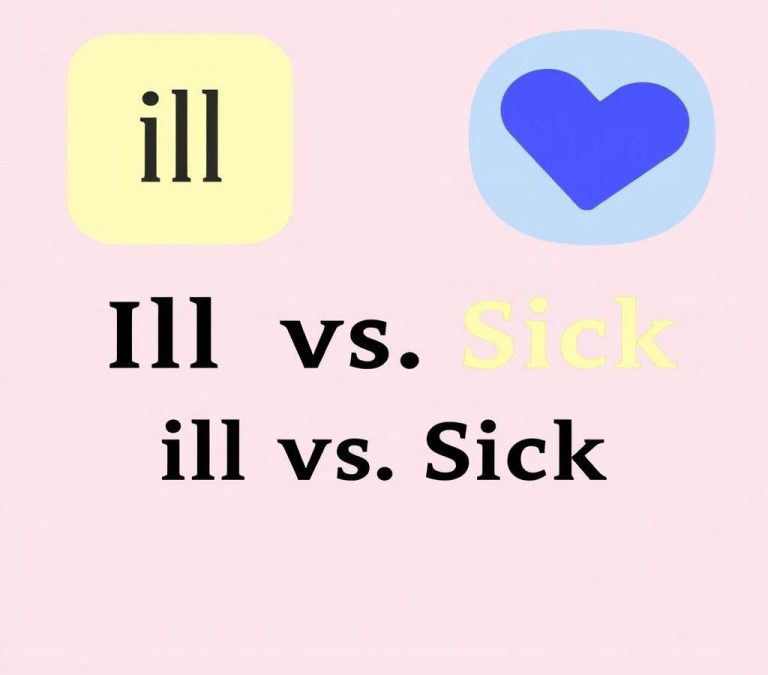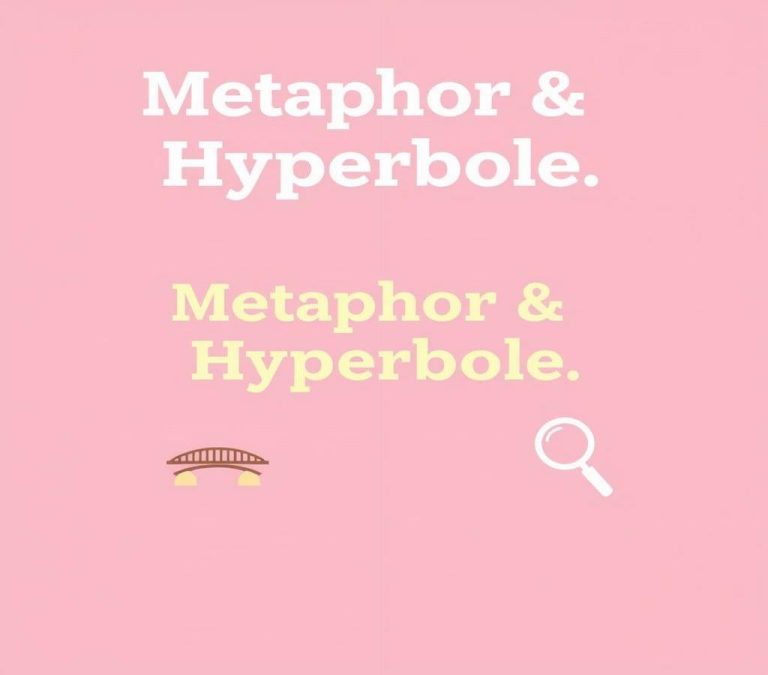Antithesis vs Juxtaposition: Grammar Usage Difference
In writing, certain techniques make ideas stand out. Two such techniques are antithesis and juxtaposition. Writers use these to highlight differences and create strong imagery, but they serve different purposes. Understanding how antithesis and juxtaposition differ can help enhance both writing and reading experiences. By comparing opposite ideas or placing contrasting elements together, these techniques bring depth and clarity. Simple knowledge about these tools can improve storytelling and argument strength, making both readers and writers appreciate the power of contrast in language.
Quick Answer
Antithesis and juxtaposition are literary devices used to contrast ideas or elements. The key difference is that antithesis presents two opposing ideas or phrases in close proximity, often with a conjunction (“not only…but also”), whereas juxtaposition places two contrasting elements side by side, often without a conjunction, to highlight their differences.
Why There is Confusion
The confusion between antithesis and juxtaposition is quite common as both are literary devices used to highlight contrasts. However, they operate in slightly different ways and are used for different purposes within writing. This subtlety can often lead to misunderstandings about their distinct roles in literature and language. The nature of both devices as tools for highlighting opposition or contrast creates a conceptual overlap that can be tricky to navigate. By gaining clarity on these differences, you can improve both your reading comprehension and your writing technique.
What Does Antithesis Mean?
Antithesis is a rhetorical device that creates contrast by placing opposing ideas together in a statement to emphasize the difference between them. It often relies on parallel structures to make the opposition clear, offering a stark juxtaposition of ideas or concepts. For instance, the phrase “It was the best of times, it was the worst of times” from Charles Dickens’ “A Tale of Two Cities” is an example of antithesis. It highlights the contrasting extremes to underline a central idea. Antithesis serves to create a memorable impact and clarify the argument or message being relayed.
What Does Juxtaposition Mean?
Juxtaposition involves placing two elements or ideas close together to highlight their differences or to create an interesting effect. Unlike antithesis, juxtaposition doesn’t necessarily rely on opposing concepts being presented in a structured, parallel manner. Instead, it involves the simple act of placing different ideas or objects side by side. This device can be used to create contrast but also to create thematic connections or to encourage the reader to infer connections and meanings by considering the relationship between the juxtaposed entities. Juxtaposition is versatile and can be found in all forms of art, including literature, photography, and film.
Differences Between Antithesis and Juxtaposition
Differences in Parts of Speech
Understanding the grammatical distinctions can help clarify when to use each device. Antithesis is primarily a rhetorical or stylistic device used in sentences and speeches that relies on verbal parallelism. It involves carefully constructed phrases or sentences, where different parts of speech such as adjectives, nouns, or verbs are purposefully contrasted to create distinction.
Juxtaposition, on the other hand, is more of a conceptual tool than a grammatical one. It doesn’t require a specific grammatical construction. Instead, it is about the ideas or images placed next to each other, regardless of their grammatical form. You can juxtapose themes, settings, characters, or any elements within a narrative without needing them to be within a single sentence.
Differences in Function and Purpose
The functions of antithesis and juxtaposition can often be overlapping, but their primary purposes remain distinct. Antithesis is often employed to strengthen an argument or point by showing a sharp contrast. It is a deliberate rhetorical device, often used in debates or persuasive writing, to emphasize the dichotomy between two ideas or choices. By pitting these ideas against each other, writers can solidify the concept they wish to advocate.
Juxtaposition’s purpose, in contrast, can be broader. It invites comparisons but also encourages synthesis of ideas and can be used to create surprise, intrigue, or even irony. Juxtaposition doesn’t necessarily press an argument as sharply as antithesis does, but rather opens up an arena for discussion or thought by presenting different elements side by side.
Differences in Tone and Effect
The tone and effect produced by each device offer another point of distinction. Antithesis usually creates a dramatic and emphatic tone, pushing forward an idea aggressively by laying out contrasting options, thus making a strong impact on the audience. It clarifies and often polarizes an argument, aiding in persuasion or emphasis.
Juxtaposition, conversely, can create subtlety and nuance, letting the reader or audience draw connections and conclusions. The effect is often more exploratory, evoking reflection or curiosity rather than a firm stance. Juxtaposition can enrich narratives by adding layers of complexity and depth, inviting various interpretations.
Synonyms for Antithesis and Juxtaposition
Understanding the synonyms for these terms can further clarify their meanings and uses, offering alternative words or phrases that might capture the essence of what these literary tools are intended to achieve.
Antithesis Synonyms
- Opposition
- Contrast
- Contradiction
- Reverse
- Inversion
- Counterpoint
These words indicate a strong difference or a reversal of ideas, which aligns with the purpose of antithesis—to underscore the stark contrast between two elements.
Juxtaposition Synonyms
- Comparison
- Alignment
- Proximity
- Pairing
- Adjoining
- Collocation
These synonyms highlight the concept of placing different elements next to each other without the inherent opposition seen in antithesis, supporting the broader interpretive possibilities of juxtaposition.
Examples of Antithesis vs Juxtaposition in Usage
Let’s explore some examples to see how these devices play out in practical usage:
Antithesis Example:
In Martin Luther King Jr.’s famous speech, he uses antithesis effectively: “I have a dream that my four little children will not be judged by the color of their skin but by the content of their character.” This use of antithesis draws a distinct boundary between judgment based on skin color and character, emphasizing the desired world of equality and fairness.
Juxtaposition Example:
In literature, juxtaposition could involve placing a wealthy character in the same scene as a poor character to highlight class differences. This isn’t necessarily done through explicit opposition in the text, but rather by showing the differences in their circumstances, thereby inviting the reader to recognize the social commentary through their proximity in context.
Conclusion: Understanding the Nuances of Antithesis and Juxtaposition
By diving into the specifics of antithesis and juxtaposition, we can understand these as unique tools in the writer’s toolkit, each with its own function and purpose. Antithesis sharpens ideas through deliberate opposition, creating a clear and compelling contrast. It is particularly useful in argumentation and rhetoric, ensuring that a message hits with clarity and impact. Juxtaposition, on the other hand, is a flexible device for comparison and contrast, but more subtly invites reflection and the exploration of themes. Recognizing their differences and applications can enhance both your comprehension and creative endeavors, allowing you to appreciate and craft narratives with greater depth and sophistication.







